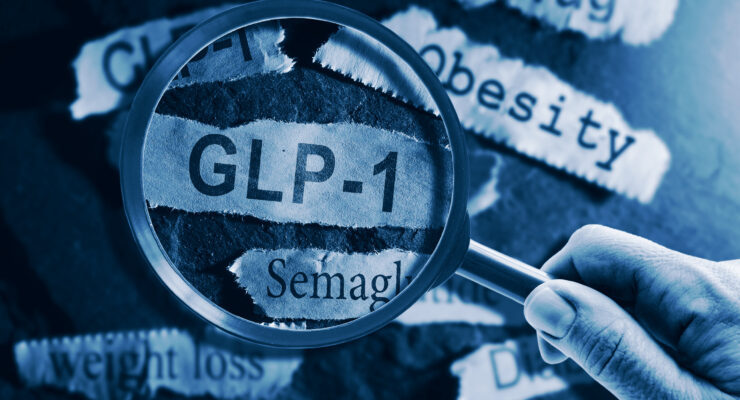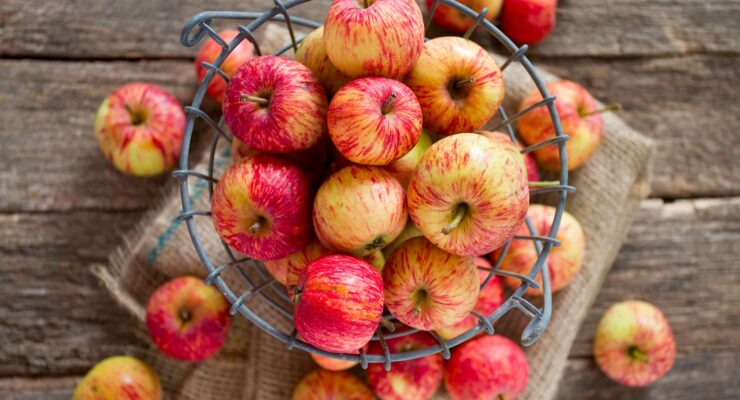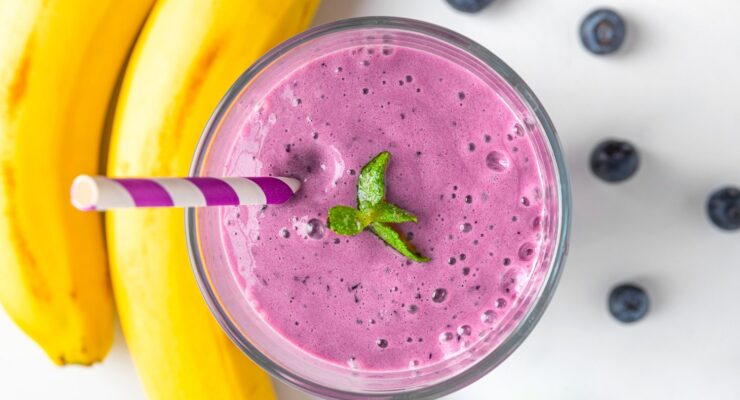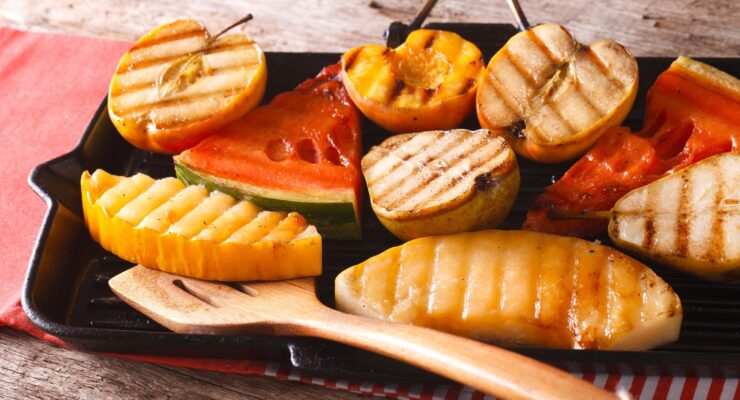Bloated Belly? Address These 7 Causes to Get Rid of It for Good
Article posted in: Diet & Nutrition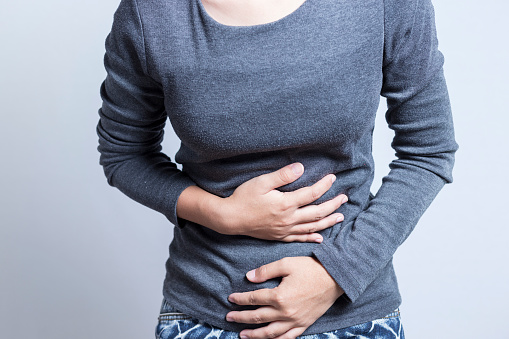
Whether you’re suddenly having a hard time buttoning a favorite pair of jeans, or feel like you’re carrying a small basketball in your stomach, a bloated belly is likely making you a little uncomfortable. It happens to everyone, and shouldn’t drag you down. There are seven common causes of this barrier to beach-season confidence. Address them, and you’ll be feeling good as new.
Get to the root of the issue with these seven causes of a bloated belly:
1. You basically inhale your food.
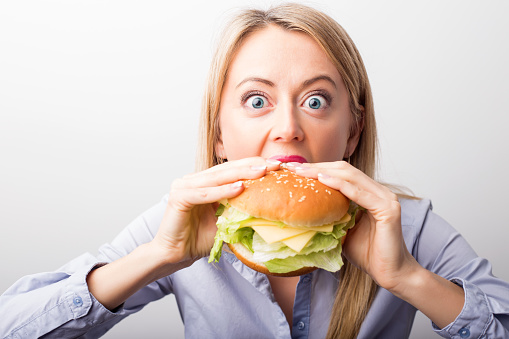
When you wolf down a meal, you can swallow a lot of air along with it. This air can build up in your stomach and intestines, swelling your middle. Slow down, and chew your food well. Not only will that help with bloating, but you may also feel fuller, faster. Chewing on gum and sucking on hard candies may also cause you to inadvertently swallow extra air.
2. You drink through a straw.
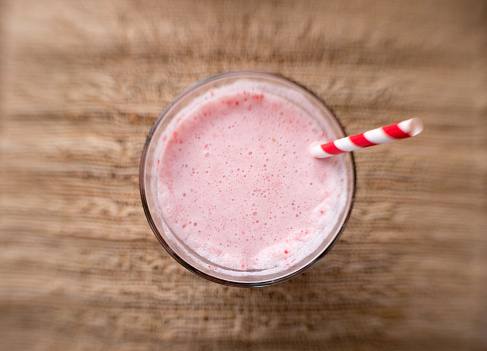
Sure, they’re convenient and allow you to enjoy your coffee concoction or healthy beet juice without staining your teeth. But, they also make you gulp extra air, leading to a bloated belly. Drinking sparkling water and other carbonated beverages—with all their tiny bubbles—can amplify the effect.
3. You love broccoli and beans.

Or maybe cauliflower and cabbage are more your thing. Either way, these foods contain certain carbohydrates that can’t be digested. As they are broken down by harmless bacteria in the large intestine, gas is produced and bloating may happen. Other notorious gas producers? Brussels sprouts, onions, apples, peaches and pears. Don’t avoid these healthy foods—just limit your portions and eat slowly.
4. You consume too much sodium.

Salt causes your body to hold on to fluid, so steering clear of the shaker is a good first step. Unfortunately, most of the sodium we get in our diet comes from processed foods and restaurant meals. Bread, for example, can be high in sodium, and so can cereals, cheese, canned foods and condiments. Be sure to check labels and look for “low-sodium” or “sodium-free” options whenever you can.
The good news is, while the individual Nutrisystem meals and snacks vary in their sodium content, all of the Nutrisystem programs fall within the United States Department of Agriculture’s (USDA’s) recommendation for the general adult population—2,300 milligrams or less of sodium daily. Considering that USDA reports indicate that the average American eats about 3,300 mg of sodium a day, Nutrisystem a great way to cut sodium while you lose weight.
5. You’re constipated.
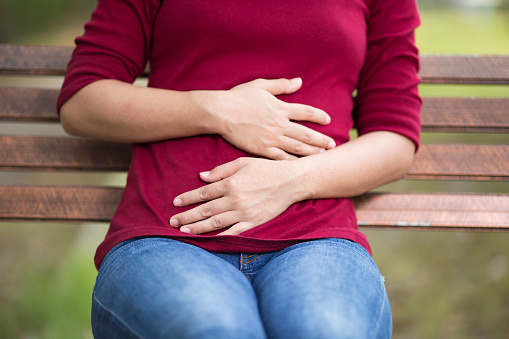
Insoluble fiber can help get your system moving, so to speak. However, it has to make its way through the body, possible making you feel a bit fuller in the stomach region than normal. A sudden increase in the amount of fiber you eat can lead to both bloating and gas.
Definitely add more fruits and veggies to your diet, switch to whole-grain breads and cereals, but take the slow and steady approach to upping your intake, and drink plenty of water to keep things moving.
6. You don’t move enough.

Moderate exercise on most days is good for a million reasons, but one is that it helps ease constipation. Physical activity increases muscle activity in your intestines. Even a stroll after a meal can help get digestion moving to reduce gas and belly bloat. Check out our Fitness section for activity ideas for every fitness level.
7. You may be lactose intolerant.
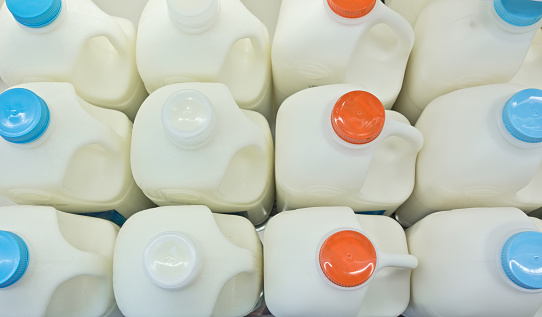
Your swollen stomach might be trying to tell you something—like change what you eat. Signs of lactose intolerance include cramping, bloating or even the need to run to the restroom shortly after consuming dairy. Try to evaluate your body’s response to foods like milk or ice cream: It might only take a couple of hours. If you suspect you have this condition, talk to your doctor.

